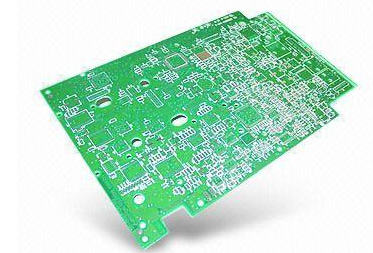PCBA is the abbreviation of Printed Circuit Board Assembly in English, which means that the empty PCB board passes through the SMT assembly or the entire process of DIP plug-in, referred to as PCBA.
The printed circuit board is an important electronic component, a support for electronic components, and a provider of circuit connections for electronic components. Because it is made using electronic printing technology, it is called a "printed" circuit board. Before the advent of printed circuit boards, the interconnection between electronic components relied on the direct connection of wires to form a complete circuit.

To put it simply, the PCBA process is a combination of SMT processing and DIP processing. According to the requirements of different production technologies, it can be divided into single-sided SMT placement process, single-sided DIP insertion process, single-sided mixed packaging process, and single-sided mounting process. Mounting and inserting mixed process, double-sided SMT mounting process and double-sided mixed process, etc.
PCBA process flow involves different types of PCB boards, such as carrier board, printing, patching, reflow soldering, plug-in, wave soldering, testing and quality inspection, and there are many differences in the process process, the following is a detailed description of the differences in various situations:
1. Single-sided SMT mounting
Add solder paste to the component pads. After the solder paste printing of the bare PCB is completed, the relevant electronic components are mounted through reflow soldering, and then reflow soldering is performed.
2. Single-sided DIP cartridge
The PCB board that needs to be plug-in is wave soldered by the production line workers after inserting the electronic components. After the soldering is fixed, it is enough to cut the feet and wash the board, but the wave soldering production efficiency is low.
3. Single-sided mixed
The PCB board is printed with solder paste, and the electronic components are mounted and fixed by reflow soldering. After the quality inspection is completed, DIP insertion is performed, and then wave soldering or manual soldering. If there are few through-hole components, manual soldering is recommended .
4. Single-sided mounting and cartridge mounting are mixed
Some PCB boards are double-sided, one side is mounted and the other side is inserted. The process flow of mounting and inserting is the same as single-sided processing, but the PCB board requires the use of fixtures for reflow soldering and wave soldering.
5. Double-sided SMT mounting
In order to ensure the aesthetics and functionality of the PCB board, some PCB board design engineers will adopt a double-sided mounting method. IC components are arranged on side A and chip components are mounted on side B. Make full use of the PCB board space to minimize the PCB board area.
6. Double-sided mixed
Double-sided mixed with the following two ways:
The first method PCBA assembly is heated three times, the efficiency is low, and the pass rate of wave soldering using the red glue process is low, and it is not recommended.
The second method is suitable for the situation where there are many double-sided SMD components and few THT components. Manual welding is recommended. If there are many THT components, wave soldering is recommended.